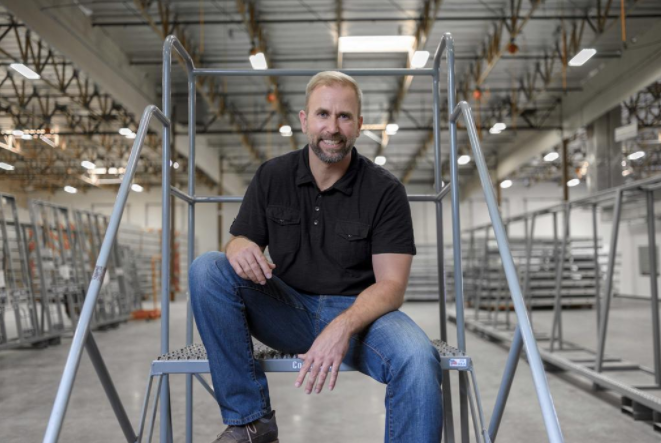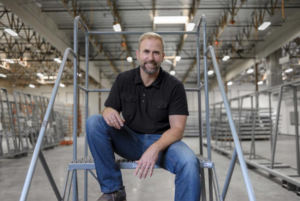 The two biggest things impacting local construction are a lack of labor and getting jobs done quickly to save resources. Phoenix-based Kitchell has worked to solve these issues with a Lego-like technology for the construction process.
The two biggest things impacting local construction are a lack of labor and getting jobs done quickly to save resources. Phoenix-based Kitchell has worked to solve these issues with a Lego-like technology for the construction process.
Heading up this outside-the-box process is Scott Root, director of virtual construction for Kitchell, a major builder of hospital and health care facilities. Kitchell’s technology is changing the traditional approach to constructing these types of projects, industry officials say.
In Tempe, Kitchell has developed a multi-trade prefabrication shop, dubbed the Kapture Group, where it builds many components of a project in an assembly-line like process in one centralized location that is then loaded on trucks for on-site completion.
The first part of this solution is using technology: 3-D modeling, animation, laser scanning and drones. This process creates the foundation for construction project to be precisely fabricated in one location before all the components are shipped to a job site.
The strategy helps solve several industry challenges, Kitchell leaders say. First, there is an acute shortage of workers to build construction projects. The prefab done by Kitchell allows them to complete jobs with fewer employees and creates additional efficiencies such as precise specs in a controlled atmosphere. Additionally, in the heat of the summer, especially in the Southwest, Kitchell’s 30,000-square-foot indoor prefab location gives workers a reprieve from the brutal heat.
Complete project design, project management and 3-D printing join Kitchell’s virtual reality studio and on-site build giving subcontractors and customers ease of use. Kitchell already has successfully built major projects using its Kapture process. Besides solving the employee shortage issue, Kapture increases the workflow of projects, which accelerates construction completion. Kitchell has used the process for large projects, including Phoenix Children’s Hospital’s emergency room expansion and major expansion projects for Phoenix-based Banner Health.
